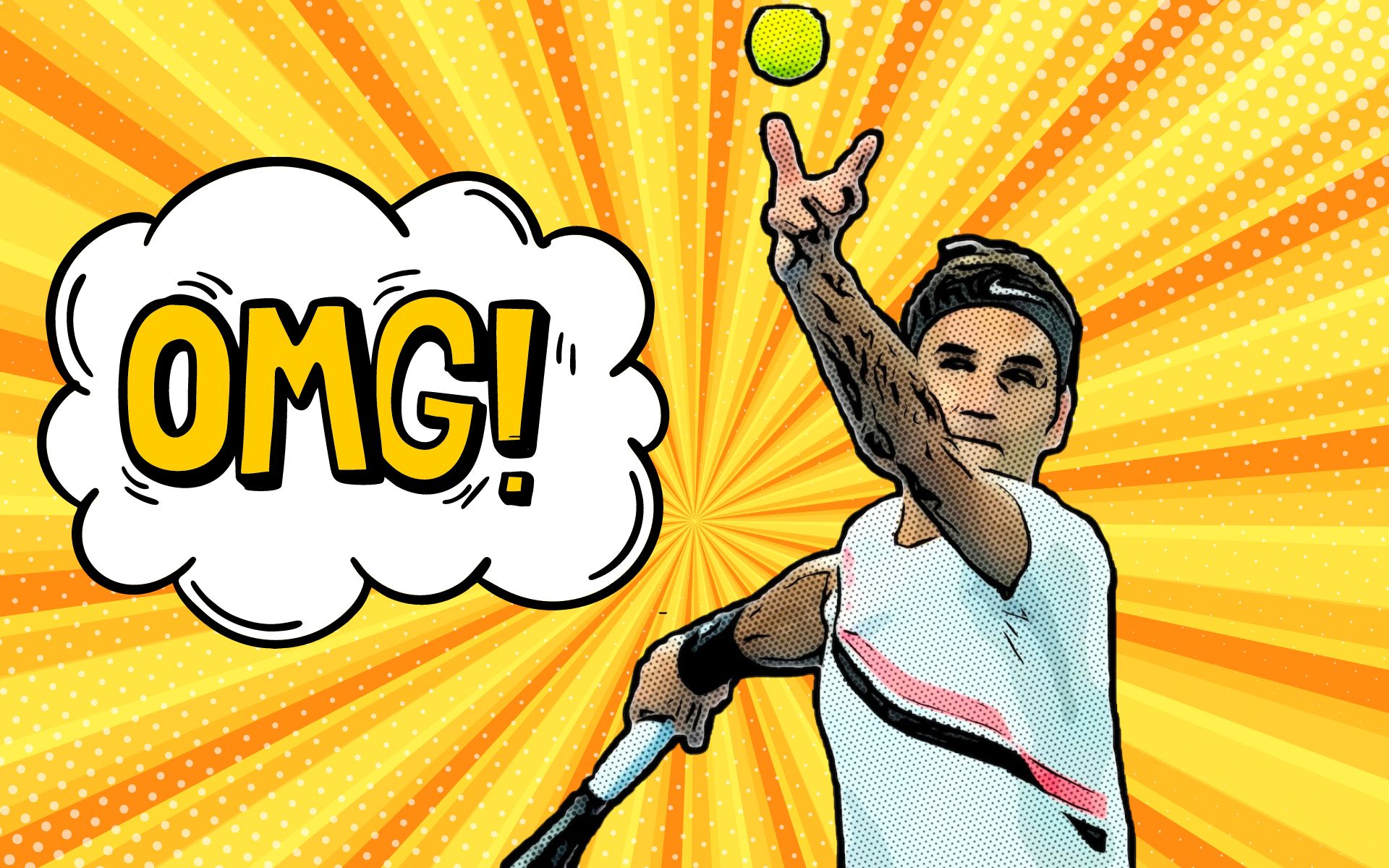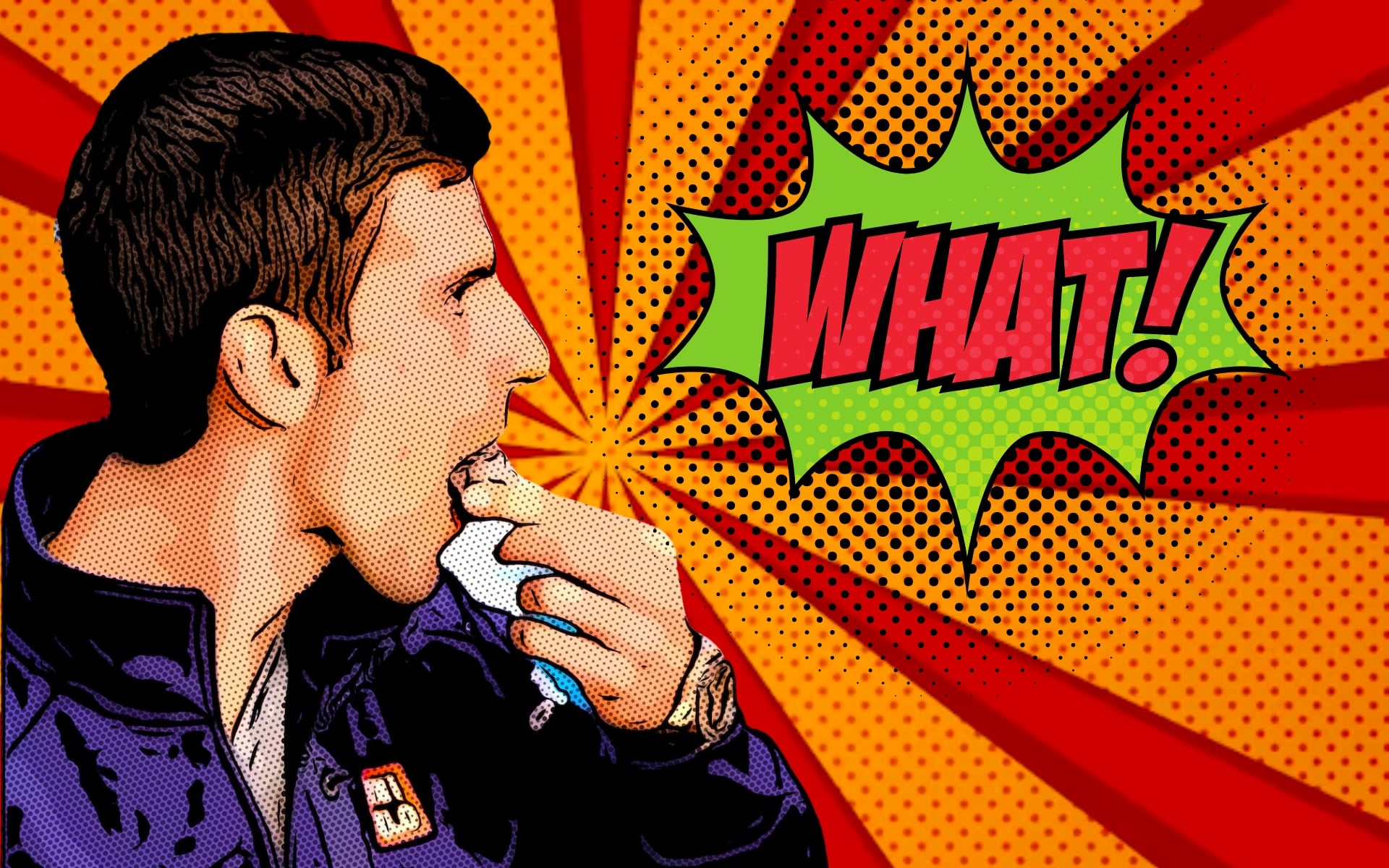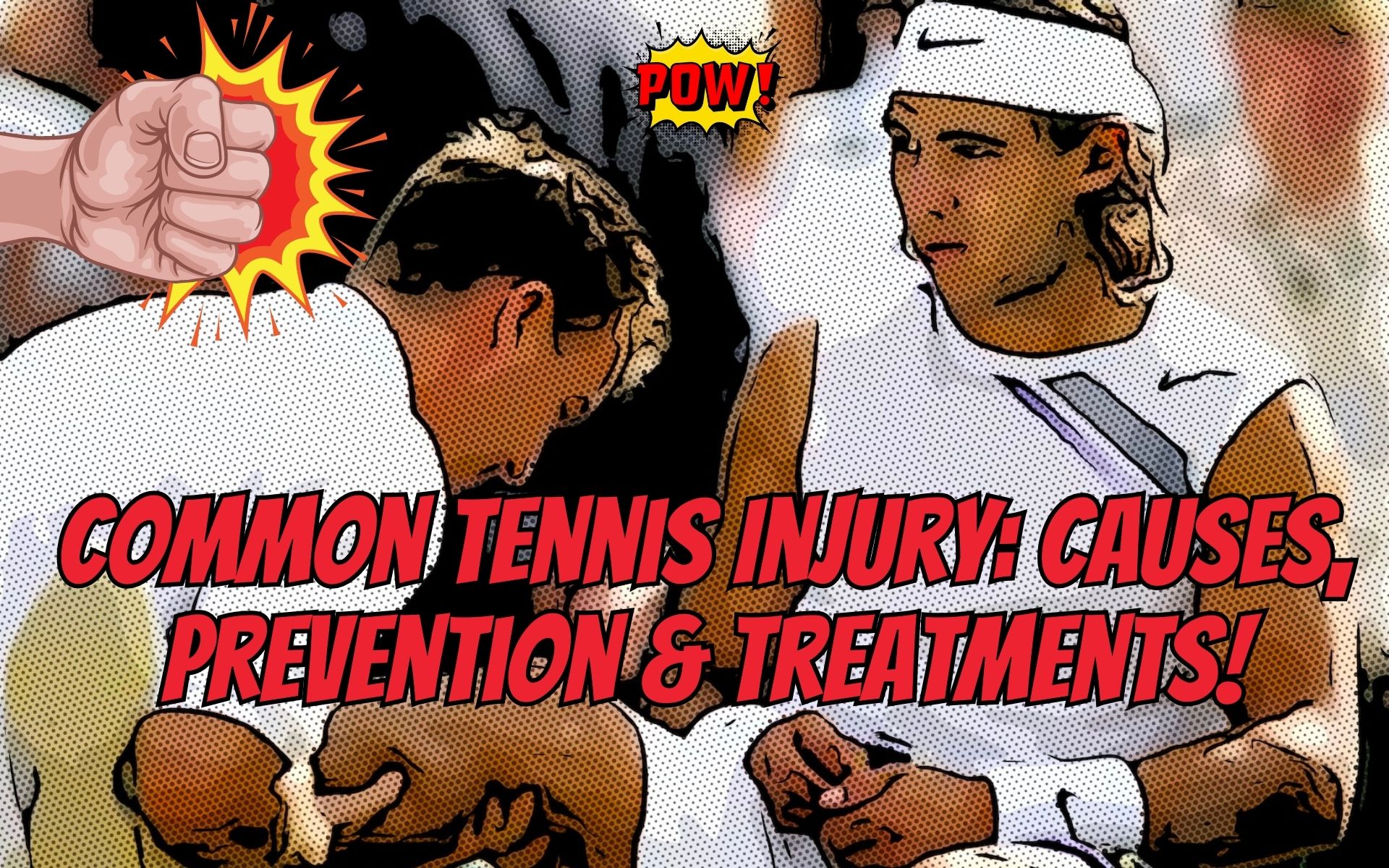Introduction
Serving in tennis plays a vital role in determining the outcome of a tennis match. A well-executed serve can give a player an advantage over their opponent, while poor service can quickly lead to lost points.
This article will provide a comprehensive overview of the rules surrounding serving in tennis, different serve types, and tips for improving your serve.
The Basics of Serving
To initiate a point in a tennis game, a player must serve the ball from behind the baseline on their side of the tennis court.
The server is required to hit the ball diagonally across the net into their opponent’s service court.
The server must alternate between the left and right sides of the court after each point. Servers are allowed two attempts per point: a first serve and a second serve.
The Serve Process
Before the match begins, a coin toss typically determines who will serve first. The server starts on the right side of the center mark and aims to hit the ball into the diagonal service box across the net.
If the ball hits the net but still lands within the correct service box, it is considered a “let,” and the server gets to try again. If the ball lands outside the service box or the ball bounces off the net and out of bounds, it is called a fault.
The Importance of a Good Serve
A powerful and precise serve can give the server an advantage in a point, forcing the receiver to react quickly and play defensively.
Mastering the serve is essential for any tennis player looking to excel in the sport.
Key Serving Rules
Faults and Lets
If the server misses the service box on their first attempt, they are allowed a second serve. If the second serve also misses the service box, it is called a double fault, and the server loses the point.
If the ball hits the net during a serve and still lands in the proper service box, it is considered a let, and the server gets another chance to serve.
Foot Faults
A foot fault occurs when the server steps on or over the baseline before hitting the ball. If a foot fault is called, it counts as a fault for the server.
If it occurs on the second serve, it results in a double fault, and the server loses the point.
Double Faults
A double fault happens when a player fails to execute a legal serve on both their first and second attempts. This results in the server losing the point.
Different Types of Serves
Flat Serve
A flat serve is executed with minimal spin, resulting in a fast, straight trajectory.
This serve relies on power and speed to catch the opponent off-guard and is often used as a first serve.
Slice Serve
A slice serve imparts sidespin on the tennis ball, causing it to curve in the air and bounce unpredictably.
This type of service is useful for pulling the opponent out of position, creating an opening for the server to exploit.
Kick Serve
A kick serve imparts topspin on the ball, causing it to bounce high and away from the opponent.
This serve is typically used as a second serve, as it is more conservative and easier to control than a flat or slice serve.
Tips for Improving Your Serve
Developing a Consistent Toss
A consistent toss is crucial for an effective serve. Practice tossing the ball to the same height and location each time to increase accuracy and control.
Strengthening Your Serve Technique
Focus on developing proper mechanics, such as using your legs for power, rotating your upper body, and snapping your wrist at contact.
This will help generate more pace and spin on your serves.
To strengthen your serve technique, consider working with a coach or recording your serve and analyzing your movements to identify areas of improvement.
Playing Doubles Tennis
Doubles tennis rules differ from singles rules in several ways.
The server must serve diagonally into the service box between the doubles sideline and the center service line.
Additionally, the server and their partner must take turns serving throughout the match. In doubles, communication, and teamwork are essential for success on the court.
The Mental Aspect of Serving
Visualize successful serves and maintain a positive attitude during your service game. This will help build confidence and improve your serving performance.
The mental aspect of serving is just as important as the physical components. Work on maintaining focus, minimizing nerves, and staying resilient during pressure situations.
Understanding the Official Tennis Rules
The International Tennis Federation (ITF) is the governing body that oversees the official tennis rules.
Familiarizing yourself with these rules will help you better understand the game, avoid penalties, and become a more knowledgeable player.
Conclusion
Mastering the serve is essential for any tennis player, regardless of skill level.
By understanding the serving in tennis rules, developing a consistent toss, and improving your serve technique, you will be well on your way to becoming a formidable opponent on the court.
Whether you’re aiming to win consecutive points or simply maintain control during the next point, it’s crucial to develop a strong serve.
Remember, practice makes perfect, so keep working on your service and enjoy the process of improvement.
Frequently Asked Questions
- How does the server decide which side of the court to serve from?
The server starts on the right side of the court and alternates sides after each point.
This ensures that both players serve from both sides of the court during the course of a match. - What is the proper position for a server’s feet during a serve?
When serving, the server’s feet must be behind the baseline and within the boundaries of the center mark and the appropriate sideline.
Stepping on or over the baseline before hitting the ball results in a foot fault. - What happens if a player’s tennis racket hits the net during a serve?
If a player’s tennis racket hits the net during service, it is considered a fault.
If it occurs on the second serve, it results in a double fault, and the server loses the point. - How can a player avoid a foot fault?
To avoid a foot fault, the server should be mindful of their foot placement during the serve.
Practicing proper foot positioning and staying behind the baseline until the ball is hit can help prevent foot faults. - What is the role of the service line in serving?
The service line is the line that runs parallel to the net and divides the service court into two equal halves.
The server must aim to hit the ball into the opponent’s service court, which is diagonal across the net and within the boundaries of the service line and the appropriate sideline. - How do the rules of tennis apply to serving two consecutive points, especially during a tiebreak?
In a regular game, a player serves for an entire game before the serve switches to the opponent. However, during a tiebreak, the rules of tennis change slightly:
After the initial point, the serving player serves for two consecutive points, starting from the left service court.
Following this, the serve alternates between the players (or teams, in doubles) after every two consecutive points until the tiebreak is concluded.
This structure aims to maintain fairness and balance in high-pressure situations like tiebreaks.





